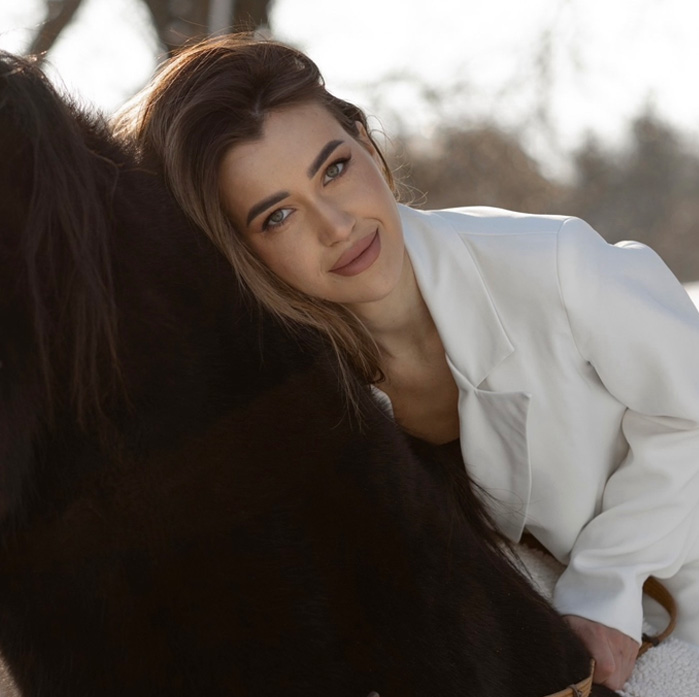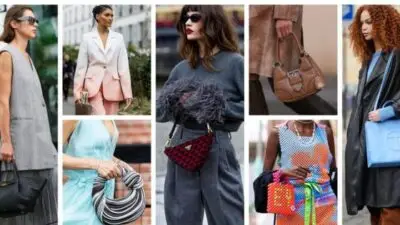Fashion style is an important way for people to express themselves. It reflects individual personality and cultural background, making it a significant part of daily life. Understanding various fashion styles can help anyone find their unique expression and connect with others who share similar tastes.
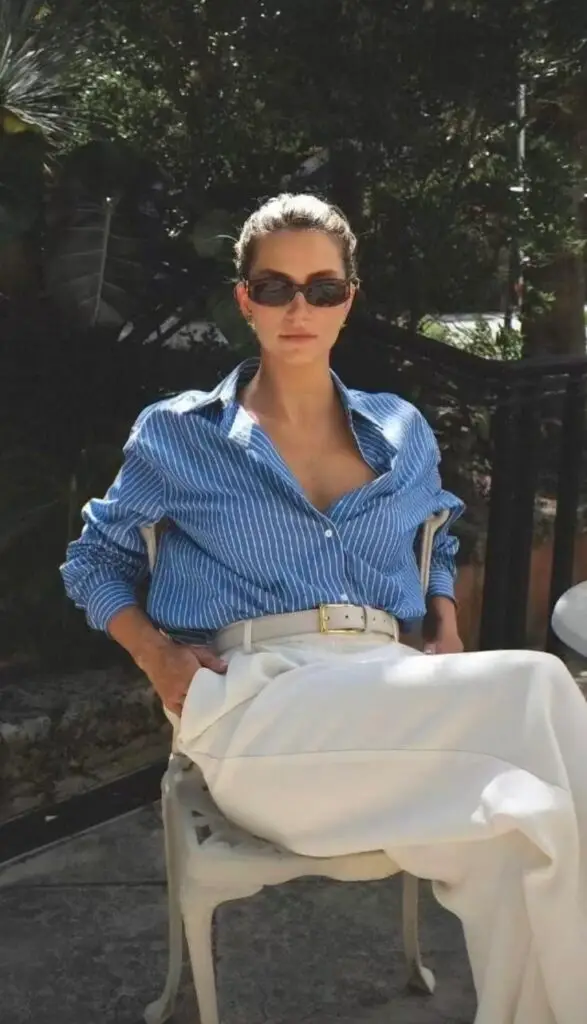

Throughout history, fashion has evolved, influenced by social changes and technological advancements. From the elegance of past eras to today’s diverse styles, each period brings new trends and ideas. Exploring these movements can inspire personal creativity and appreciation for fashion.
As trends come and go, finding personal style is key. By adapting elements from different influences, anyone can cultivate a look that feels authentic and confident. This journey can lead to greater self-awareness and enjoyment in fashion choices.
Key Takeaways
- Fashion is a personal expression of identity and culture.
- Historical trends shape current fashion styles.
- Adapting influences helps create a unique personal style.
History of Fashion


Fashion has changed a lot over the years. It reflects societal values, technology, and cultural shifts. Each era has its own styles that tell stories about the people who lived during that time.
In the early days, clothing was mainly practical. People wore what they needed for protection against the elements. Materials came from nature, like animal skins and plant fibers.
In the Middle Ages, fashion started to show wealth. Nobles wore elaborate garments made from fine fabrics. Styles were often limited to the upper class, while common people had simple clothing.
The Renaissance brought new ideas. Fashion became a form of art. Bright colors, intricate designs, and unique shapes emerged. Tailoring improved, allowing for better-fitting clothes.
The 18th century introduced haute couture. Designers like Charles Frederick Worth began creating high fashion. Clothing became more about personal expression rather than just utility.
The 20th century saw rapid changes. With the rise of factories, clothing became more affordable. Styles shifted quickly, influenced by music and youth culture.
Today, fashion is global. It mixes traditions and innovations from different cultures. People express themselves through what they wear, making fashion a unique form of identity.
Fashion history is a rich tapestry of styles. It shows how people adapt, change, and express themselves over time.
Fashion Style Fundamentals


Fashion style revolves around key elements like silhouettes, colors, textures, and patterns. These fundamentals help shape personal expression and influence choices in clothing and accessories.
Understanding Silhouettes
Silhouettes are the shapes that clothes create on the body. Understanding how different shapes work with body types is essential. Common silhouettes include:
- A-line: Flows from the waist, flattering for most shapes.
- Hourglass: Fitted at the waist, highlights curves.
- Rectangle: Balanced but often lacks defined curves.
Choosing the right silhouette enhances appearance. For example, fitted clothes can accentuate body shape, while loose clothing can offer comfort. It’s important to know what looks best based on individual body features.
Color Theory in Fashion
Color plays a major role in fashion. Knowing color theory helps in selecting outfits that complement each other. Key concepts include:
- Warm vs. Cool Colors: Warm colors (reds, oranges) can energize, while cool colors (blues, greens) can calm.
- Color Wheel: This tool helps see how colors work together. Complementary colors (opposite on the wheel) can create vibrant looks, while analogous colors (next to each other) offer harmony.
Understanding skin tone is also important. Certain colors can enhance or wash out a person’s natural complexion, making it necessary to choose wisely for a polished look.
The Role of Texture and Patterns
Textures and patterns add depth to fashion. They can change the feel and appearance of an outfit. Key elements include:
- Textures: Materials like cotton, silk, or leather can evoke different feelings. Mixing textures can create contrast.
- Patterns: Stripes, polka dots, and florals all bring different vibes. Bold patterns can make a statement, while subtle ones can add interest without overwhelming.
When selecting patterns, consider scale and placement. Large patterns can dominate, while smaller ones can be more subtle. Combining textures and patterns requires balance to avoid clashing styles.
Major Fashion Movements


Fashion has evolved through various movements that reflect culture, society, and artistic expression. Each major movement has its own characteristics and significance, shaping the way people dress across generations.
Haute Couture
Haute couture refers to high-end fashion that is custom-made for individual clients. It began in Paris in the mid-19th century, led by designers such as Charles Frederick Worth.
Key Features:
- Handcrafted pieces with fine materials.
- Unique designs that may not be produced in large quantities.
- Often showcased at fashion weeks and exclusive events.
Haute couture pieces can take weeks or even months to create. The clothes are made with the highest level of craftsmanship, focusing on detail and artistry. This movement often sets trends that influence ready-to-wear collections.
Ready-to-Wear
Ready-to-wear fashion allows consumers to buy clothes off the rack. It emerged in the 20th century, making high-quality styles accessible to a wider audience.
Key Features:
- Mass-produced garments that are available in standard sizes.
- Often featured in fashion shows but produced to meet market demand.
- Balances style with affordability and practicality.
Brands like Chanel and Dior have made significant contributions to this movement. Ready-to-wear collections often reflect seasonal trends, catering to everyday wear while still offering stylish options for consumers.
Street Style


Street style represents fashion trends that emerge from urban areas and everyday life. It showcases individual expression and cultural influences rather than designer labels.
Key Features:
- Relies on personal style and creativity.
- Frequently seen in casual wear, including sneakers and denim.
- Influenced by music, art, and youth culture.
Street style has become popular through social media, with platforms like Instagram showcasing diverse looks. This movement breaks traditional fashion rules and celebrates uniqueness, allowing people to express themselves through their clothing choices.
Influential Designers and Brands
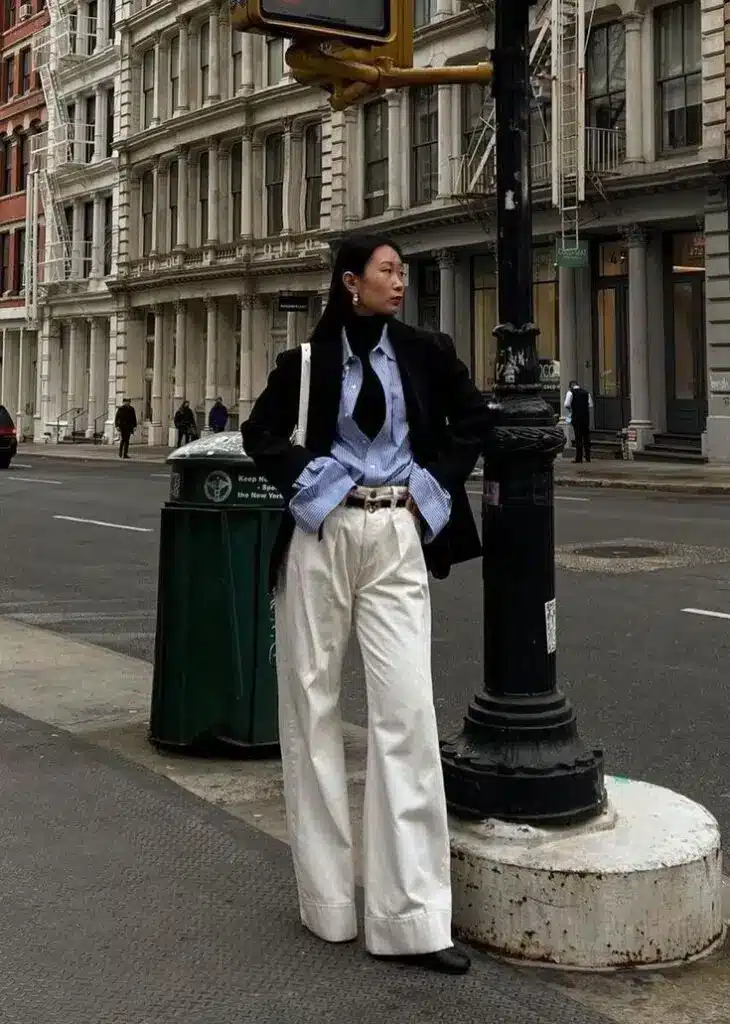
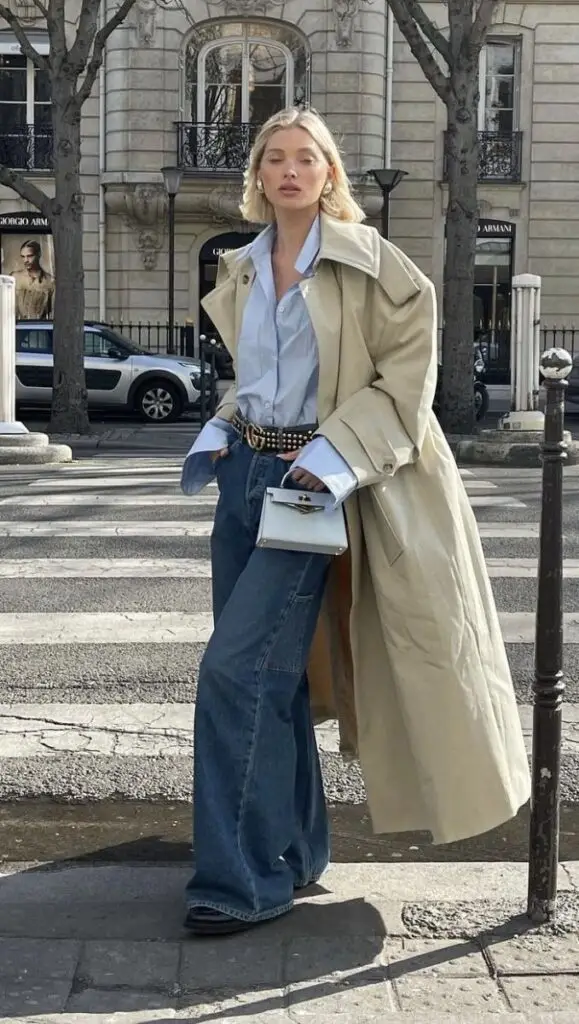
The world of fashion is shaped by a few key figures and brands that have made significant impacts over the years. This section focuses on the pioneers, luxury brands, and innovative designers that are widely recognized in the industry.
Pioneers in Fashion
Pioneers in fashion set the stage for modern styles. Designers such as Coco Chanel and Christian Dior changed how people viewed clothing.
Coco Chanel introduced the idea of casual chic with her signature jersey fabric. She is famous for the little black dress and the Chanel No. 5 perfume. Her designs emphasized comfort and elegance.
Christian Dior is known for his “New Look,” which featured an hourglass silhouette. This style revolutionized women’s fashion post-World War II. Dior’s attention to detail and luxurious fabrics created a lasting legacy in high fashion.
Iconic Luxury Brands
Luxury brands define elegance and exclusivity in the fashion industry. Notable names include Louis Vuitton, Gucci, and Chanel.
Louis Vuitton is famous for its monogrammed bags and travel accessories. Founded in 1854, the brand combines high-quality materials with timeless design.
Gucci stands out for its bold colors and innovative styles. Under its creative directors, the brand has continually evolved, attracting a new generation.
Chanel remains synonymous with sophistication. Its classic designs and luxury items, from handbags to fragrances, keep it relevant in today’s market.
Innovative Contemporary Designers
Contemporary designers often push the boundaries of fashion. Their work reflects current trends and social issues.
Alexander Wang is recognized for his urban aesthetic and casual, yet chic, designs. He blends streetwear with high fashion, appealing to a diverse audience.
Virgil Abloh, founder of Off-White, made waves with his unique take on luxury streetwear. His designs challenge traditional boundaries and engage younger consumers.
Telfar Clemens promotes inclusivity with his gender-neutral clothing line. The “Bushwick Birkin” bag has gained a cult following, symbolizing a new era in accessible luxury.
Fashion and Identity
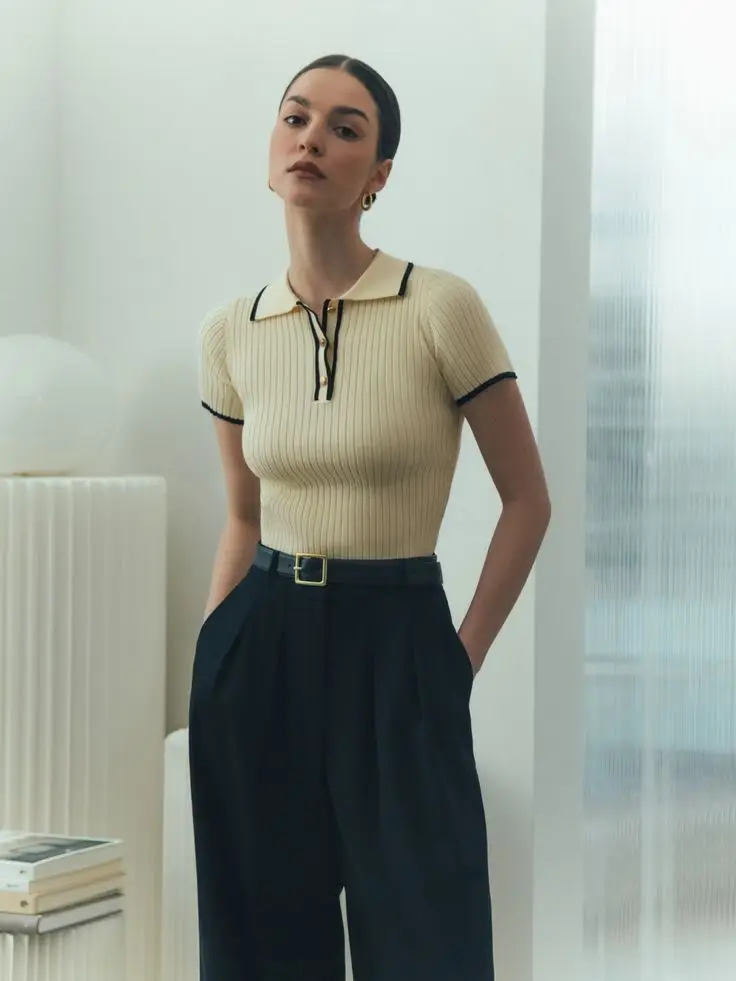

Fashion can express a person’s identity. The way someone dresses reflects their personality, values, and beliefs. It also shows their cultural background and social status.
Some key points about fashion and identity include:
Self-Expression: Clothing allows individuals to showcase their unique styles. This can be through colors, patterns, and accessories.
Cultural Significance: Fashion often represents cultural heritage. Traditional clothing can signify pride in one’s background.
Social Influence: Trends can impact how people choose to dress. Many follow popular styles to fit in with a group or community.
Gender Identity: Fashion can challenge traditional gender norms. People may choose styles that align with their gender identity, regardless of societal expectations.
Fashion also plays a role in social movements. Various styles have emerged to promote causes. For instance, activism in fashion can highlight issues like sustainability or equality.
In essence, fashion and identity are closely linked. Clothing choices can tell a story about an individual’s life and beliefs. They connect personal experiences with broader social themes.
Cultural Influences on Fashion Style


Fashion is shaped by various cultural influences. Traditional customs, global trends, and the exchange of ideas all play a role in how people express themselves through clothing. Understanding these influences helps in recognizing the diversity in fashion.
Traditional Attire
Traditional attire reflects the history and values of a culture. Each region has its unique clothing styles that may vary based on climate, materials, and customs. For example, the sari in India is an elegant garment that symbolizes heritage and femininity. In contrast, the kimono in Japan showcases artistry and meticulous craftsmanship.
These traditional outfits often feature distinctive patterns and colors that hold meaning. For instance, certain colors can signify celebrations or mourning. Traditional attire not only serves practical purposes but also helps to maintain cultural identity and pride.
Global Fashion Trends
Fashion trends often emerge from various parts of the world, influencing styles everywhere. For instance, runway shows in major cities like Paris and Milan can introduce a new look that quickly spreads globally. This spread is fueled by media and social platforms, where influencers showcase these trends.
Popular trends include streetwear and athleisure, which blend comfort with style. These categories often draw inspiration from different cultures and urban environments. As a result, fashion becomes a mix of influences that appeal to a wide range of people across disparate backgrounds.
Cross-Cultural Exchange in Fashion
Cross-cultural exchange plays a big role in shaping modern fashion. Designers often incorporate elements from various cultures into their collections. For example, African prints can be seen in Western fashion, and Indigenous patterns might inspire contemporary designs.
This exchange leads to innovative styles that blend different cultural aspects. It can celebrate diversity, but it also raises questions about cultural appropriation. Understanding the source of these influences encourages respect for the cultures involved and promotes a more thoughtful approach to fashion.
Fashion Industry Overview


The fashion industry is a diverse and dynamic sector that encompasses various segments and significant global hubs. It plays a crucial role in culture, economy, and identity for people worldwide.
Key Industry Segments
The fashion industry consists of multiple key segments. These include luxury, fast fashion, sustainable fashion, and athleisure.
- Luxury fashion focuses on high-end brands that offer exclusive, premium products.
- Fast fashion provides trendy and affordable clothing, allowing consumers to keep up with the latest styles quickly.
- Sustainable fashion responds to environmental concerns, emphasizing eco-friendly materials and ethical production methods.
- Athleisure blends athletic wear with everyday fashion, appealing to those prioritizing comfort and style.
Each segment targets different consumer needs and preferences, driving innovation and competition in the market.
Notable Fashion Capitals
Certain cities are recognized as fashion capitals.
- Paris is known for its haute couture and iconic fashion houses like Chanel and Louis Vuitton.
- Milan emphasizes luxury and craftsmanship, famous for brands such as Gucci and Prada.
- New York City serves as a global fashion center, hosting major fashion events like New York Fashion Week.
- London is known for its avant-garde designers and eclectic street style.
These cities host major events, influencing trends and showcasing designers on an international stage. Each capital has a unique style and culture, contributing to its status as a fashion hub.
Sustainable Fashion


Sustainable fashion focuses on reducing the environmental impact of clothing and promoting fair labor practices. This includes using eco-friendly materials and adopting ethical production methods.
Eco-Friendly Materials
Eco-friendly materials are crucial for sustainable fashion. These materials have a lower impact on the environment compared to traditional fabrics. Examples include:
- Organic Cotton: Grown without harmful pesticides and fertilizers.
- Tencel: Made from sustainably sourced wood pulp and uses less water in production.
- Recycled Fabrics: Textiles made from recycled plastic bottles or old clothing reduce waste.
Using these materials helps decrease pollution and resource use. They also support biodiversity and promote healthier ecosystems. Many brands are now prioritizing these materials to align with eco-conscious consumer values.
Ethical Fashion Practices
Ethical fashion practices ensure fair treatment for workers in the fashion industry. This includes paying fair wages, providing safe working conditions, and promoting worker rights. Key practices include:
- Fair Trade: Brands source clothing from certified organizations that respect labor rights.
- Transparency: Companies share information about their supply chains, letting customers know where and how products are made.
- Local Production: Reducing transportation emissions by supporting local artisans and manufacturers.
By focusing on these practices, brands can help foster a more just and equitable industry while appealing to conscious consumers. This shift encourages responsible consumption and empowers workers.
The Impact of Technology on Fashion


Technology has transformed the fashion industry in many ways. Innovations have improved how clothes are designed, produced, and sold. Social media also plays a huge role in how trends spread and influence consumer choices.
Fashion Tech Innovations
Fashion technology includes various tools that make design and production easier. 3D printing is one example. It allows designers to create unique pieces without traditional manufacturing costs. This method can lower waste and create customizable items.
Another key innovation is AI-powered tools. These tools analyze trends and consumer preferences. They help brands create products that appeal to their target audience. This results in more successful launches and fewer unsold items.
Data analytics is also important. Brands can track sales and customer feedback in real-time. This information is crucial for making decisions about inventory and styles.
Social Media’s Role in Fashion
Social media platforms have reshaped how fashion is marketed. Influencers showcase new styles and trends, reaching millions instantly. This helps brands connect directly with potential customers.
Platforms like Instagram and TikTok are especially powerful. They allow users to share their fashion choices easily. Hashtags and challenges also create viral trends, encouraging more people to participate.
This instant sharing can change purchasing behavior. Consumers often make decisions based on what they see online. Thus, brands need to keep their online presence strong. Engaging content can drive sales and increase brand loyalty.
Personalizing Your Fashion Style


Creating a unique fashion style is a rewarding process. It involves understanding personal likes and finding ways to express them through clothing choices and accessories.
Developing Personal Aesthetic
To develop a personal aesthetic, one must explore different styles. This includes looking at various clothing types, patterns, and colors.
Key Steps:
- Research: Use magazines and online platforms to see different styles.
- Mood Board: Create a mood board with images that resonate.
- Trial and Error: Try on different outfits to see what feels right.
Reflecting personal values and personality in fashion choices helps build confidence. Over time, individuals may notice a consistent theme in their preferences.
Incorporating Individual Tastes
Incorporating individual tastes is crucial to making fashion personal. People should think about what they truly enjoy wearing.
Considerations:
- Comfort: Choose clothes that feel good throughout the day.
- Functionality: Outfits should fit different occasions, from casual to formal.
- Cultural Influences: Explore styles inspired by family heritage or travel experiences.
Bringing elements of personal history, hobbies, or passions into clothing can make a style more meaningful. This balance of comfort and expression often leads to a signature look.
Accessorizing


Accessories play a significant role in personal style. They can transform a simple outfit into something outstanding.
Types of Accessories:
- Jewelry: Necklaces, bracelets, and earrings can add personality.
- Bags: The right bag can blend function and style.
- Shoes: Footwear choices can set the tone of an outfit.
Choosing accessories that reflect personal interests, like colors or motifs, can enhance an overall look. They also provide an opportunity to express creativity without committing to a full outfit change.
Navigating Fashion Trends


Fashion trends change quickly. Keeping up with these trends can seem challenging. Here are some ways to stay on top of the latest styles.
1. Follow Fashion Influencers
Social media is a great place to find new trends. Influencers often wear the latest styles and share tips. She or he can inspire one’s wardrobe choices.
2. Join Fashion Communities
Many places allow fans to share ideas and looks. Online forums, blogs, or local groups are helpful. It’s a way to see what others are wearing and find fresh ideas.
3. Read Fashion Magazines
Magazines provide insights into upcoming trends. They offer advice on how to wear different pieces. Checking these regularly can help one stay informed.
4. Visit Trendy Shops
Local stores and boutiques often stock the latest fashions. A visit to these shops can spark new ideas. Seeing clothing in person can also help in style selection.
5. Mix and Match
Creating a personal style is key. Mixing old and new pieces can make unique outfits. They can stand out while still following trends.
6. Attend Fashion Events
Fashion shows and local events showcase new styles. Attending these can provide inspiration. It connects individuals with the fashion community and current trends.
Fashion Expression Through the Ages


Fashion has changed a lot over the centuries. Each era reflects the values and ideas of the people of that time.
In Ancient Egypt, clothing was made from linen. It was simple but colorful. The wealthy wore more elaborate designs with jewelry.
During the Middle Ages, clothes showed social class. Wealthy people wore fine fabrics like silk and wool. Common folks wore rougher materials.
The Renaissance brought a new focus on art and beauty. People wore brighter colors and intricate designs. Fashion became a way to show off one’s wealth and status.
In the 18th century, styles became more extravagant. Rococo fashion included lavish dresses and elaborate hairstyles. Men’s fashion also shifted to more decorative clothing.
The 19th century saw the rise of fashion magazines. This allowed ideas to spread quickly. Women’s dresses became more structured, while men favored simpler styles.
The 20th century introduced diverse styles. The Roaring Twenties brought flapper dresses, and the 1960s showcased bold patterns. Each decade had unique trends influenced by culture and events.
Today, fashion continues to evolve. People can express themselves through various styles. Fashion allows individuals to show who they are and what they believe.
The Future of Fashion Style
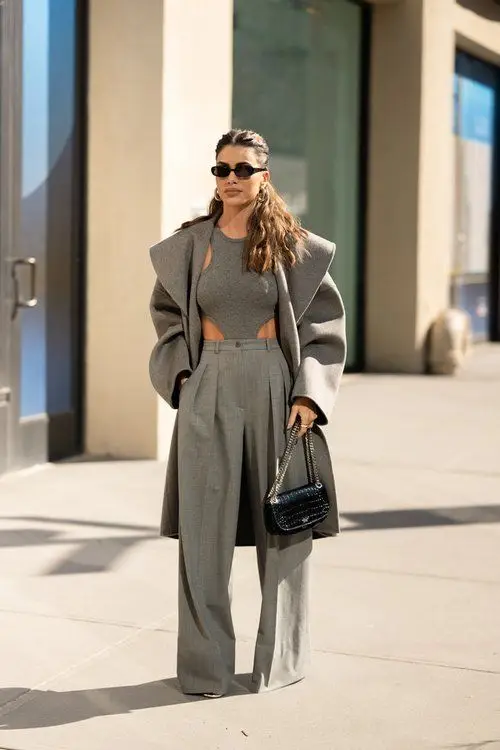

Fashion is always changing. New trends appear each season, influenced by culture, technology, and social factors.
Sustainable Fashion
More brands are focusing on eco-friendly materials. Consumers want clothes that are kind to the planet. This trend will likely grow as awareness of environmental issues increases.
Technology Integration
Wearable tech is gaining popularity. Smart fabrics can change color or temperature. This might create new fashion styles that offer both function and style.
Inclusivity in Design
Fashion is becoming more inclusive. Designers are making clothes for all body types, ages, and genders. This shift reflects a more diverse society.
Digital Fashion
Virtual fashion shows and online shopping are on the rise. Many people enjoy shopping from home. Digital clothing can even appear in virtual spaces, adding a new layer to fashion.
Personalization
Consumers are looking for unique styles. Customization allows people to create one-of-a-kind pieces. Brands that offer tailored options will likely find success.
These trends show that the future of fashion will be diverse, tech-savvy, and environmentally aware. As society changes, fashion will continue to evolve in response.
- 98shares
- Facebook0
- Pinterest98
- Twitter0
